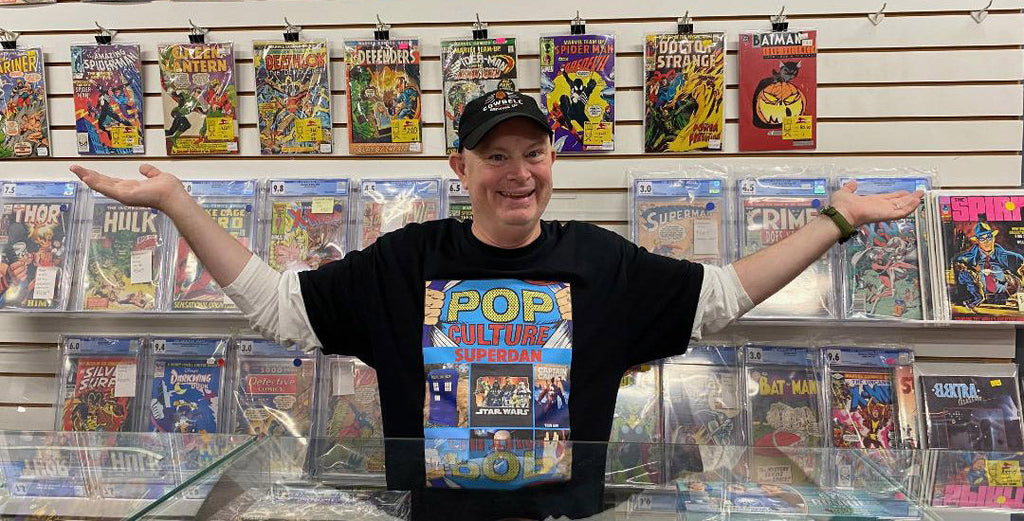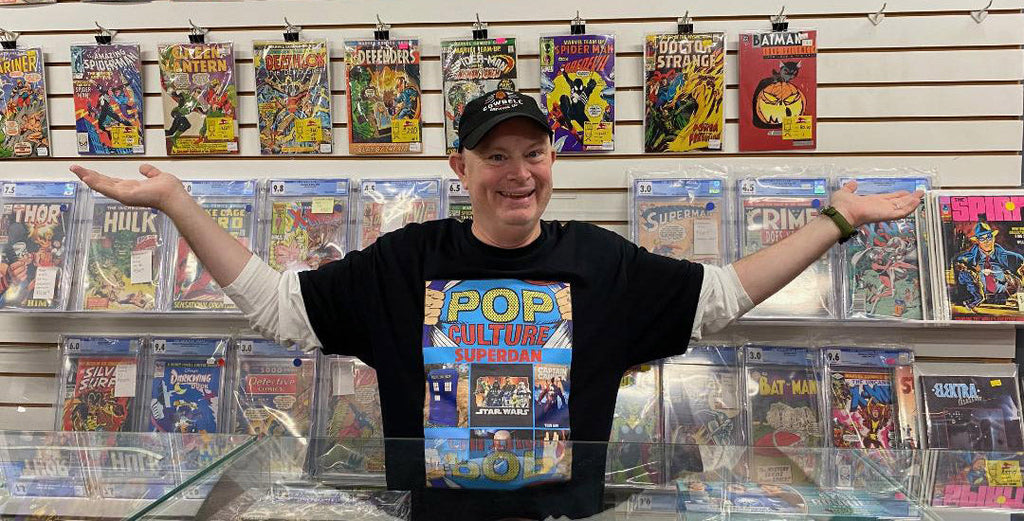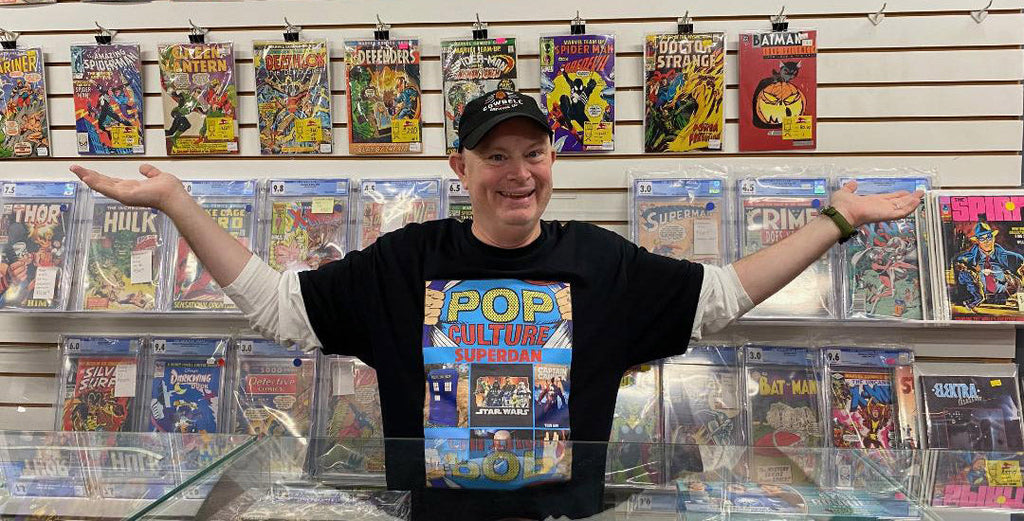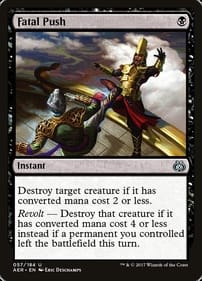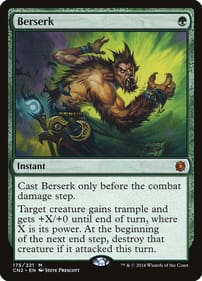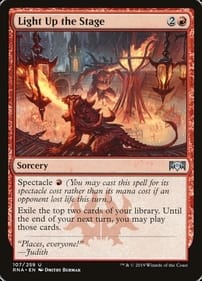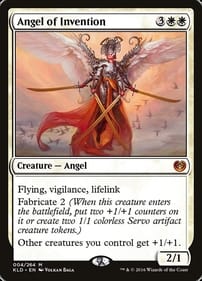Pop Culture Like Star Trek Used to be Disposable Fluff
By Dan Brown When I say “Star Trek,” I mean the old TV show that featured William Shatner as Captain Kirk and Leonard Nimoy as Mister Spock. I don’t mean the Next Generation or Voyager or Upper Decks or Strange New Worlds or anything else. And if you’ve seen a Star Trek rerun in the last few years, you’ll have noticed the special effects stand up remarkably well. Although it was made on a shoestring budget in the late 1960s for an audience that had low expectations of science-fiction television, those shots of the Enterprise look crisp. But here’s the thing: Those aren’t the original effects. When you see the Enterprise floating in space, fighting a battle, or high above a planet’s surface, those images were inserted into the original episodes in a remastering process that dates back only to 2006. So the Trekkies who fell in love with the series in the 1960s did so without the attraction of modern special effects. My purpose here isn’t to argue which version is better. Nor is it to speculate if Star Trek creator Gene Roddenberry would have approved of the new effects (he died in 1991). What I want to point out is how the revised Star Trek episodes represent a new attitude toward pop culture. What would surprise Roddenberry if he were alive is how long-lived his show has been. When the program originally aired from 1966 to 1969, TV didn’t have a great reputation. The medium was derided as “the boob tube” because the dominant perception was that the small screen appealed to those who weren’t all that bright. Consequently, Star Trek – which many consider classic stuff today – was just as disposable as any other show on the air at the time. In other words, despite embodying enduring social and political themes, individual episodes weren’t built to last. It didn’t matter back then if the show would hold up to repeated viewings, and I’m guessing the idea people would still be watching Star Trek in the year 2025 would have startled network executives. Nor is Star Trek the only example of pop culture that was created as ephemera that has far outlasted its creator’s intentions. Star Wars (by which I mean the movie with that title that came out in 1977) was made at a moment when few moviegoers were willing to pay to see a particular film multiple times. After all, a child’s ticket went for a whopping $1.50! Who could afford that in the hardscrabble Seventies, no matter how much you loved a film? As you likely know, several new coats of digital paint have been applied to Star Wars in the interim. There were versions with enhanced sound effects, then versions with enhanced visual effects, and on and on. They may have even released a 3D Star Wars for all I know. It doesn’t stop there. There are also updated editions – with outtakes put back in – of novels like George Orwell’s Nineteen Eighty-Four and Stephe King’s ’Salem’s Lot. Albums such as Bob Marley’s Legend have likewise been retouched. The important thing to note here is our feelings about pop culture like the original Star Trek series have changed: What was once a throwaway indulgence meant only for a moment’s pleasure is now taken seriously, even expected to transcend its time. Heck, there are even such journalists as Rob Salkowitz who specialize in writing about pop culture! That didn’t used to happen. Expectations have risen dramatically. You could even argue it’s pop culture like Star Trek and Star Wars that is partly responsible for creating an audience that wants more out of its TV, movies, music and so on, than a momentary distraction. Me, I prefer the “original” versions of things that were released back in the day. To my eyes, the first Star Wars motion picture had a certain low-budget charm so I didn’t need a new, “better” one. But I’m glad it’s still around, even in a modified form, to light the fire of imagination in the minds of a new generation of pop-culture enthusiasts who have higher expectations than I ever did. Dan Brown has covered pop culture for more than 32 years as a journalist and also moderates L.A. Mood’s monthly graphic-novel group.
Pop Culture Like Star Trek Used to be Disposable Fluff
By Dan Brown When I say “Star Trek,” I mean the old TV show that featured William Shatner as Captain Kirk and Leonard Nimoy as Mister Spock. I don’t mean the Next Generation or Voyager or Upper Decks or Strange New Worlds or anything else. And if you’ve seen a Star Trek rerun in the last few years, you’ll have noticed the special effects stand up remarkably well. Although it was made on a shoestring budget in the late 1960s for an audience that had low expectations of science-fiction television, those shots of the Enterprise look crisp. But here’s the thing: Those aren’t the original effects. When you see the Enterprise floating in space, fighting a battle, or high above a planet’s surface, those images were inserted into the original episodes in a remastering process that dates back only to 2006. So the Trekkies who fell in love with the series in the 1960s did so without the attraction of modern special effects. My purpose here isn’t to argue which version is better. Nor is it to speculate if Star Trek creator Gene Roddenberry would have approved of the new effects (he died in 1991). What I want to point out is how the revised Star Trek episodes represent a new attitude toward pop culture. What would surprise Roddenberry if he were alive is how long-lived his show has been. When the program originally aired from 1966 to 1969, TV didn’t have a great reputation. The medium was derided as “the boob tube” because the dominant perception was that the small screen appealed to those who weren’t all that bright. Consequently, Star Trek – which many consider classic stuff today – was just as disposable as any other show on the air at the time. In other words, despite embodying enduring social and political themes, individual episodes weren’t built to last. It didn’t matter back then if the show would hold up to repeated viewings, and I’m guessing the idea people would still be watching Star Trek in the year 2025 would have startled network executives. Nor is Star Trek the only example of pop culture that was created as ephemera that has far outlasted its creator’s intentions. Star Wars (by which I mean the movie with that title that came out in 1977) was made at a moment when few moviegoers were willing to pay to see a particular film multiple times. After all, a child’s ticket went for a whopping $1.50! Who could afford that in the hardscrabble Seventies, no matter how much you loved a film? As you likely know, several new coats of digital paint have been applied to Star Wars in the interim. There were versions with enhanced sound effects, then versions with enhanced visual effects, and on and on. They may have even released a 3D Star Wars for all I know. It doesn’t stop there. There are also updated editions – with outtakes put back in – of novels like George Orwell’s Nineteen Eighty-Four and Stephe King’s ’Salem’s Lot. Albums such as Bob Marley’s Legend have likewise been retouched. The important thing to note here is our feelings about pop culture like the original Star Trek series have changed: What was once a throwaway indulgence meant only for a moment’s pleasure is now taken seriously, even expected to transcend its time. Heck, there are even such journalists as Rob Salkowitz who specialize in writing about pop culture! That didn’t used to happen. Expectations have risen dramatically. You could even argue it’s pop culture like Star Trek and Star Wars that is partly responsible for creating an audience that wants more out of its TV, movies, music and so on, than a momentary distraction. Me, I prefer the “original” versions of things that were released back in the day. To my eyes, the first Star Wars motion picture had a certain low-budget charm so I didn’t need a new, “better” one. But I’m glad it’s still around, even in a modified form, to light the fire of imagination in the minds of a new generation of pop-culture enthusiasts who have higher expectations than I ever did. Dan Brown has covered pop culture for more than 32 years as a journalist and also moderates L.A. Mood’s monthly graphic-novel group.
Live from London, it’s Saturday Night, mate!
By Dan Brown Although he mostly stays out of the spotlight, there’s one thing we know for sure about Saturday Night Live executive producer Lorne Michaels: He loves to put his name on other TV shows and movies. How else to explain the news last week that Michaels will be the executive producer for a British version of the sketch-comedy program starting next year? Even in our modern global communications environment, it’s going to be hard for Michaels to, you know, actually produce a TV show while living on another continent. Maybe the Canadian funnyman plans to jet over there to launch SNL UK in person. In the past, though, he has never strayed far from the NBC studio at 30 Rockefeller Plaza where the program he founded in 1975 is still broadcast weekly. Despite all of the side projects, including movie adaptations like Coneheads, It’s Pat and MacGruber, SNL is his baby and he’s protective of it. You would be, too, after 50 years on the air. Which doesn’t stop him from attaching his name to everything from last year’s Mean Girls reboot to a Nate Bargatze comedy special to the cult classic series Portlandia. In 1993, Michaels famously did Conan O’Brien a solid when the ginger comedy writer took over Late Night, loaning his on-screen credit to the incipient talk show to help give the untested O’Brien an extra push. Was Michaels actually involved on a nightly basis? Not really, but even back then he was a draw all on his own. Despite the majority of SNL sketches failing over the years, Michaels is viewed today as having as close as it comes in the entertainment industry to a golden touch. We Canadians remember how he was involved . . . somehow . . . when Kids in the Hall broke through around the same time as Conan’s show. But the question in front of us is: Does Michaels have enough influence to make a British-based SNL a hit? According to the Associated Press, the new show is being made in association with Sky Studios, and will feature an all-British cast using the same format – celebrity host, musical guest, parody news segment. It looks like it will be broadcast from London. Unseen by me, French, Japanese, and Italian iterations of SNL have failed quickly – strangely, a Korean version of SNL is still going strong. Longtime TV watchers will note that historically, it’s British shows that get remade for the American viewing public, not the other way around. It’s also worth noting that when the American version of SNL pokes fun at, say, the British Royal Family, those jokes fall flat – unless you happen to be a British subject living here in the colonies. Yanks just don’t know enough about British culture, as Canadians do, to appreciate the humour in those comedic jabs. Perhaps the Saturday Night Live brand, as opposed to Michaels’ own personal pedigree, has enough resonance abroad to ensure the spinoff stays on the air, once launched. Viewers across the pond have wide-ranging tastes – they are the ones who made shows like Spitting Image, Monty Python’s Flying Circus, the Young Ones, and The Office cultural touchstones. Surely American politics will be a staple every week, but do Brits really want one of their own mocking Donald Trump? I’ve seen the This Hour Has 22 Minutes Trump parodies, and they are not as funny as those that come live from New York every weekend. If it does come and go like the other foreign SNL versions, you can rest assured Michaels will not suffer. There have been rumbles about him retiring (I can’t see it happening), but the safe money is riding on many more years or even decades of Michaels slapping his imprimatur on TV shows, comedy specials and movies. A few of them may even be worth watching. Dan Brown has covered pop culture for more than 32 years as a journalist and also moderates L.A. Mood’s monthly graphic-novel group.


